We talk to Dame Anne Salmond about a new book, Hei Taonga Ma Nga Uri Whakatipu: Treasures for the Rising Generation, which documents a project initiated by Sir Aprina Ngata.

Photo: Te Papa Press
Desperate to ensure that the Māori language and tikanga were put on record as soon as possible, Sir Aprina initiated four remarkable expeditions that saw a team from the Dominion Museum (Te Papa's predecessor), including Dame Anne's great-grandfather, James McDonald, travel across the North Island to record the tikanga Māori and art forms that Ngata feared might be disappearing.


Apirana Ngata (left) and Te Rangihīroa weaving a tukutuku panel together, Waiomatatini, 1923. (James McDonald, Te Papa)
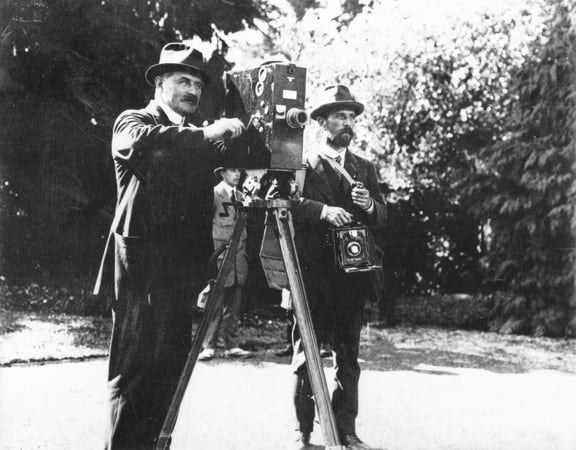

James McDonald and Johannes Andersen filming during the Hui Aroha in Gisborne, 1919. (Salmond Family Archive)
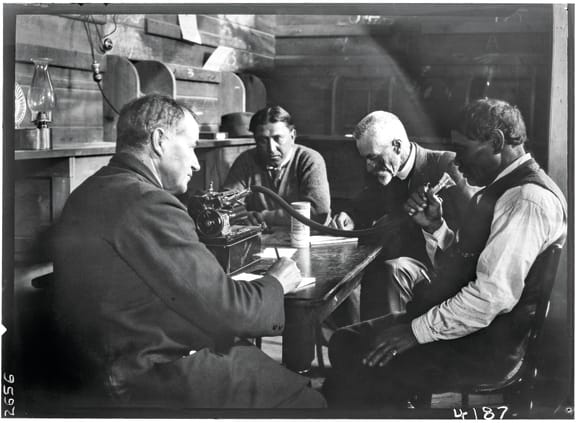

From left: James McDonald, Hēnare Te Raumoa Balneavis, Elsdon Best and an unnamed man making a recording during the Hui Aroha in Gisborne, 1919. (James McDonald, Te Papa)
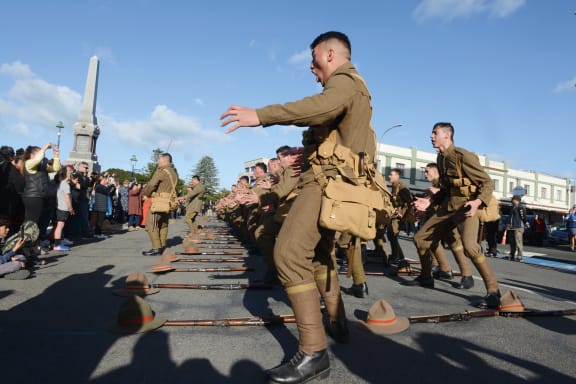

The haka ‘Ka mate’ is performed by volunteers in front of the Wī Pere Memorial during Hui Aroha commemorations in Gisborne, 2019. (Natalie Robertson, private collection)
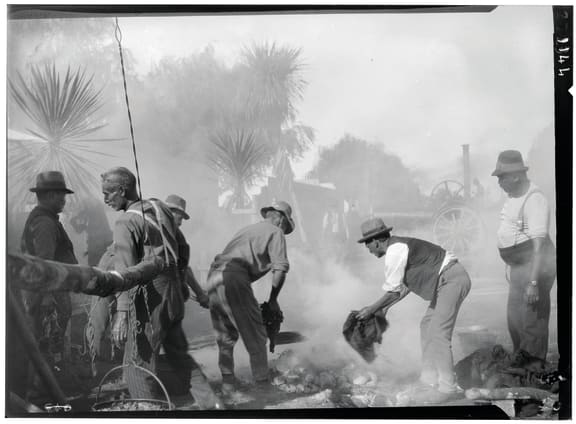

James McDonald took a series of photographs at Hui Aroha, Gisborne, 1919, showing the preparation of food, here lifting the hāngi. (James McDonald, Te Papa)


Tangi of welcome to the Prince of Wales in Rotorua, 1920. (James McDonald, Te Papa)

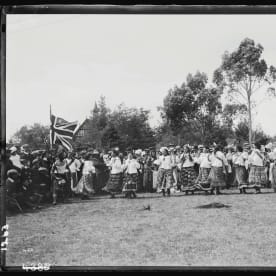
Women perform at the welcome ceremony for the Prince of Wales at Arawa Park, 1920. (James McDonald, Te Papa)
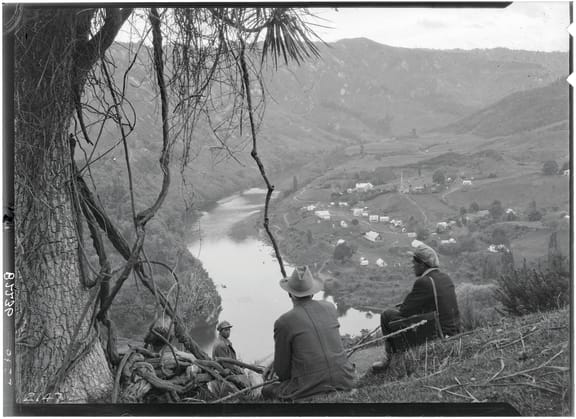

Hiruhārama Village, Whanganui River, 1921. (James McDonald, Te Papa)
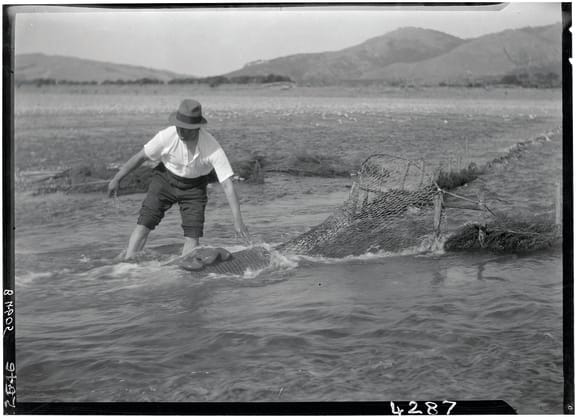

Te Rangihīroa setting a hīnaki in a channel, Waiapu River, 1923. (James McDonald, Te Papa)
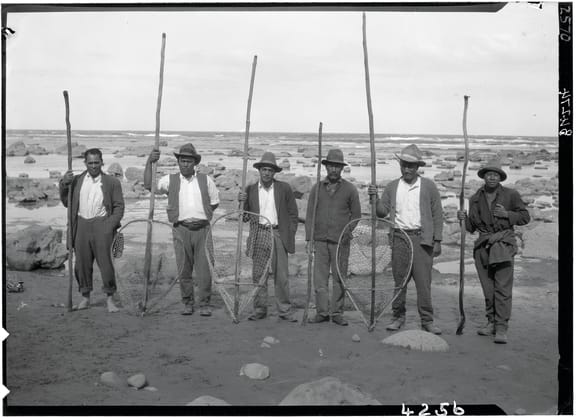

From left: Apirana Pipi or Urupa, Wi Maraki, Hamuera Ngārimu, Frank Sweeney, Eruera Tuari and Wi Hunia at Mataahu, Gisborne, 1923. (James McDonald, Te Papa)


























